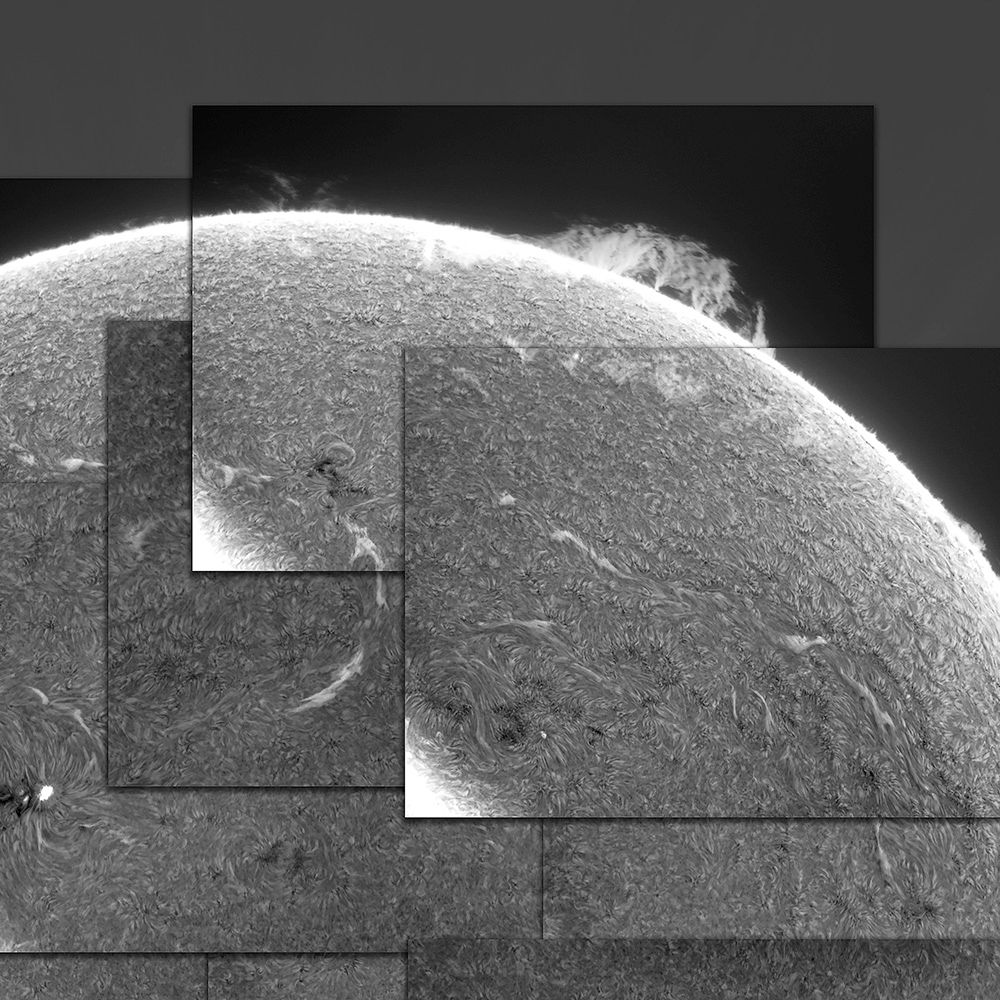WESTERN VEIL NEBULA
SERIES : 1 of 2
The delicate remains of an exploded star travel through space creating intense patterns and delicate strings of ancient stellar material.
The colors were fine-tuned to emphasize warmth contrasting against a splash of cool creating to create depth and interest.
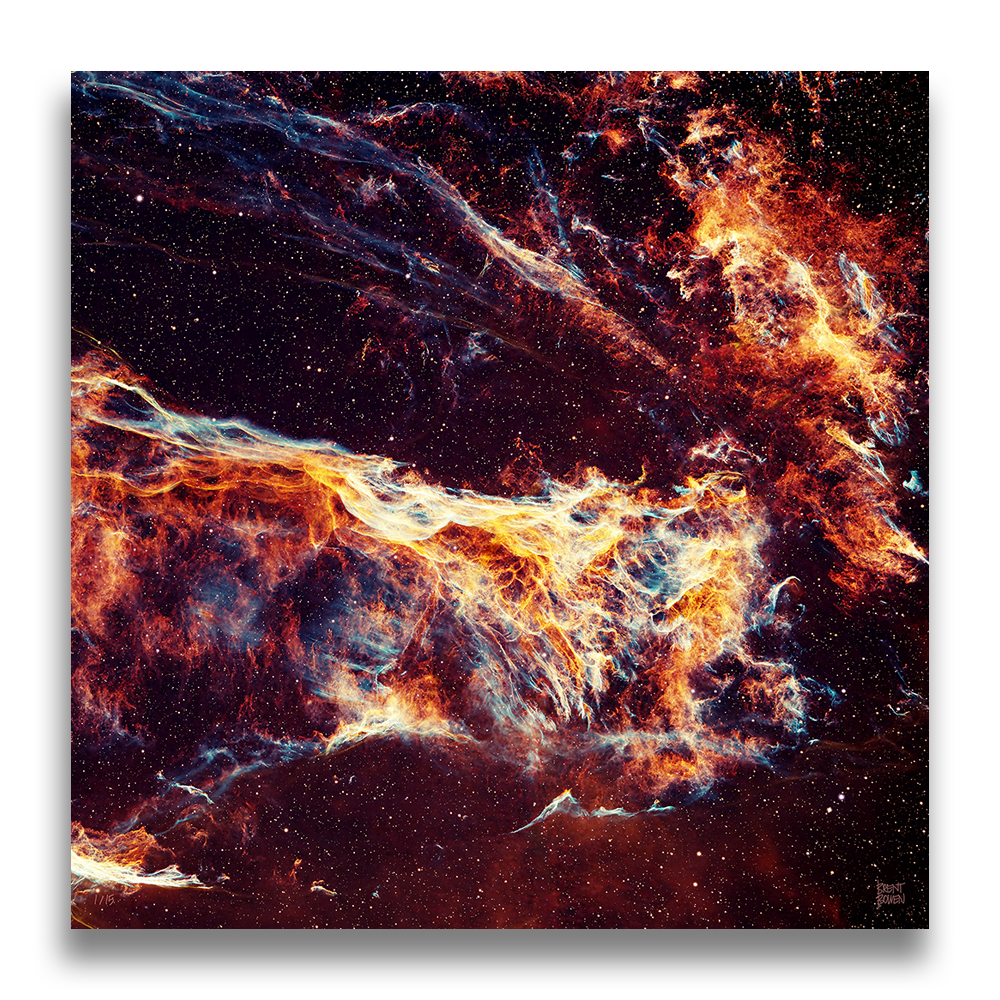
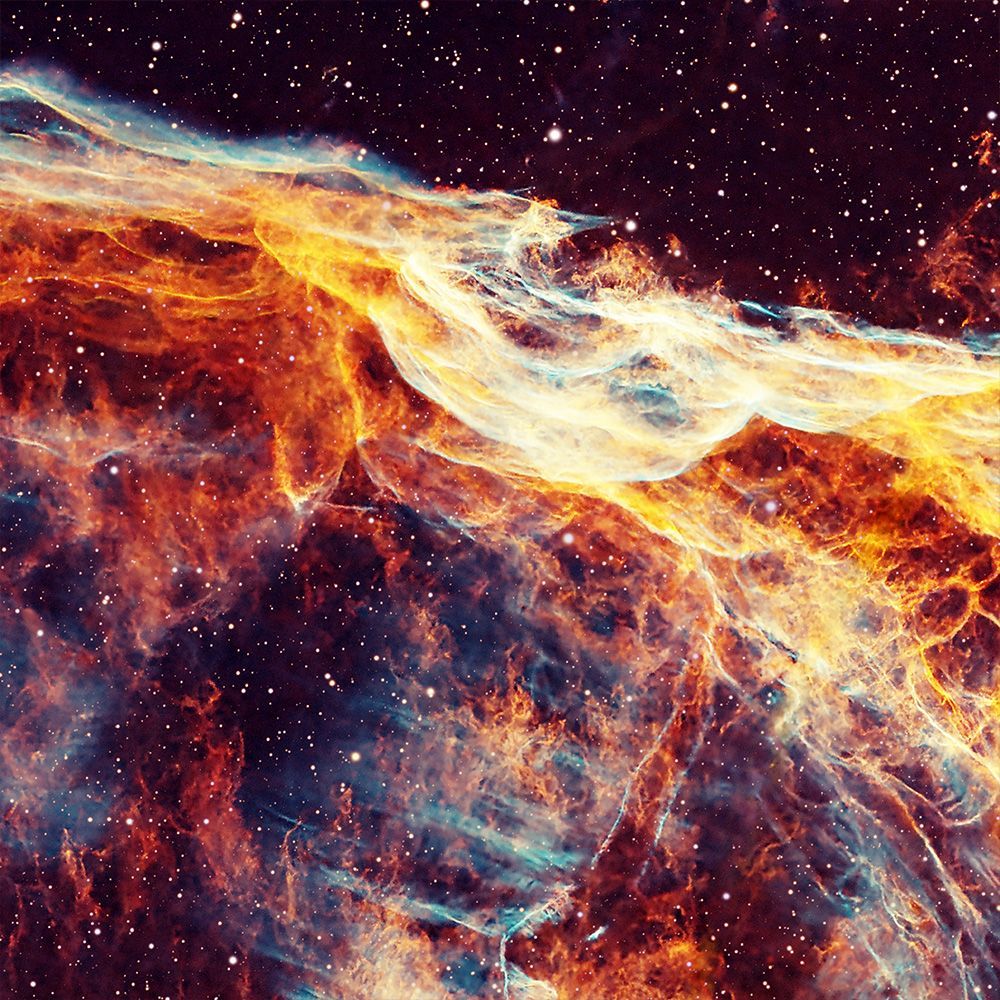

WESTERN VEIL NEBULA
SERIES : 2 of 2
The second image in the series. The two images have been cropped to make each a unique standalone piece, and they also work well as a group.
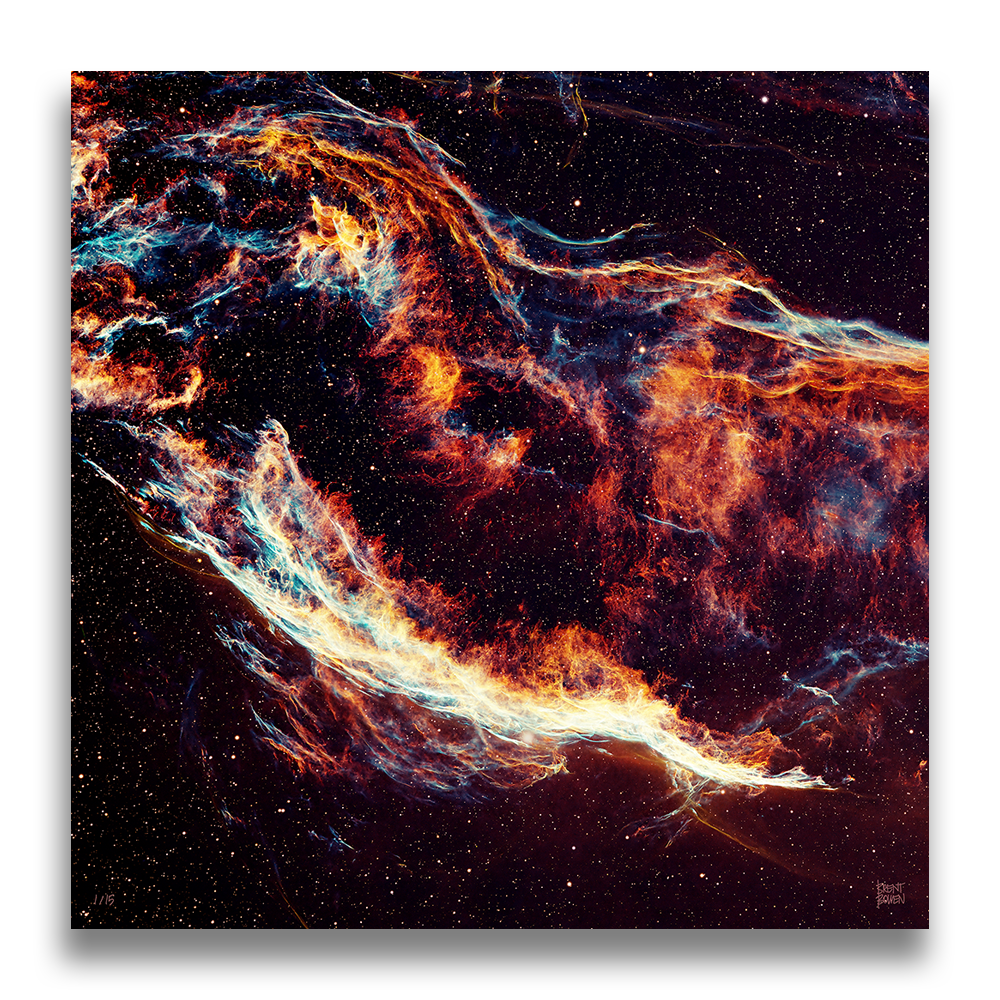
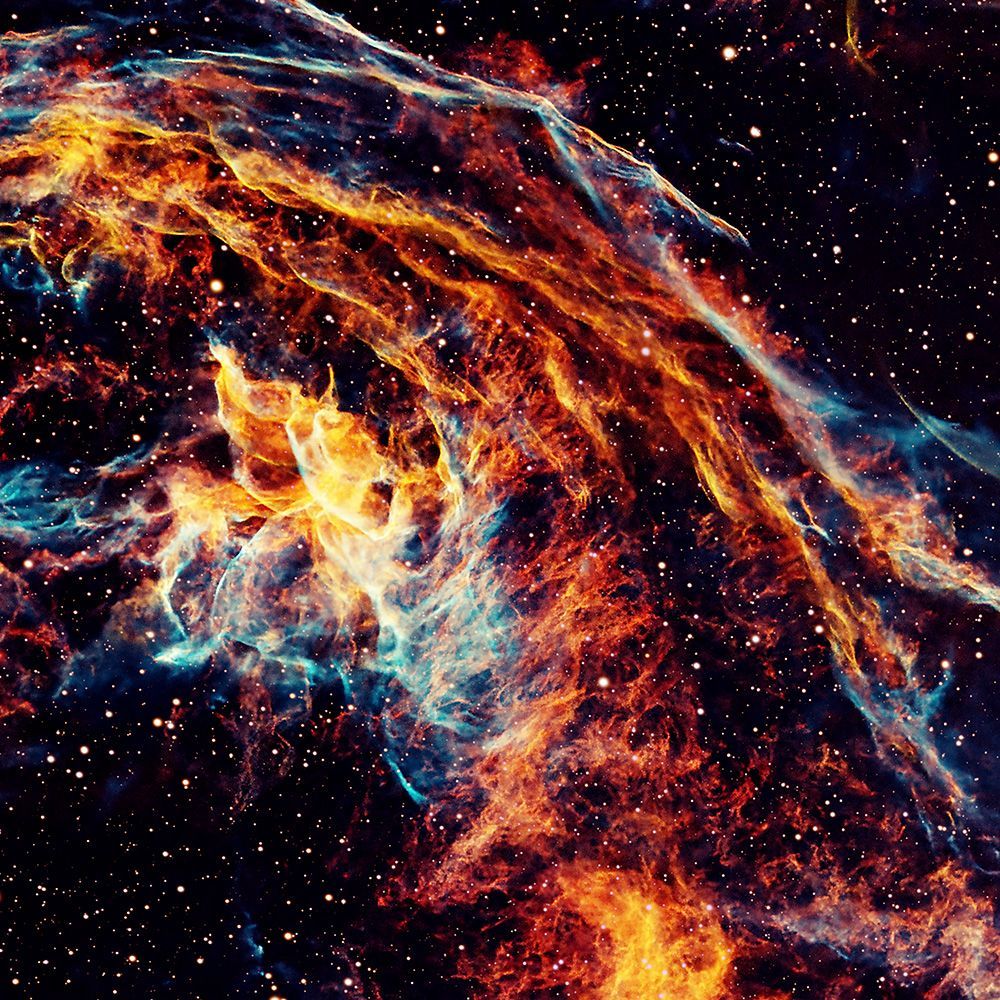
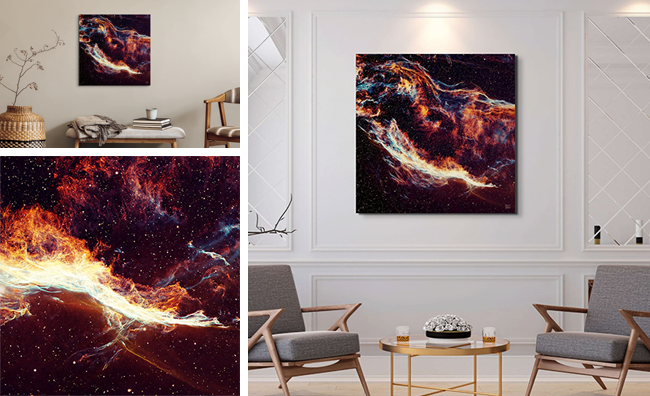
ROSETTE NEBULA
Shaped by the solar winds of newborn stars, the vast star-forming region glowing with deep warm shades and soft blue light. Captured here in great detail, this image reveals the heart of a stellar nursery where new suns are born.
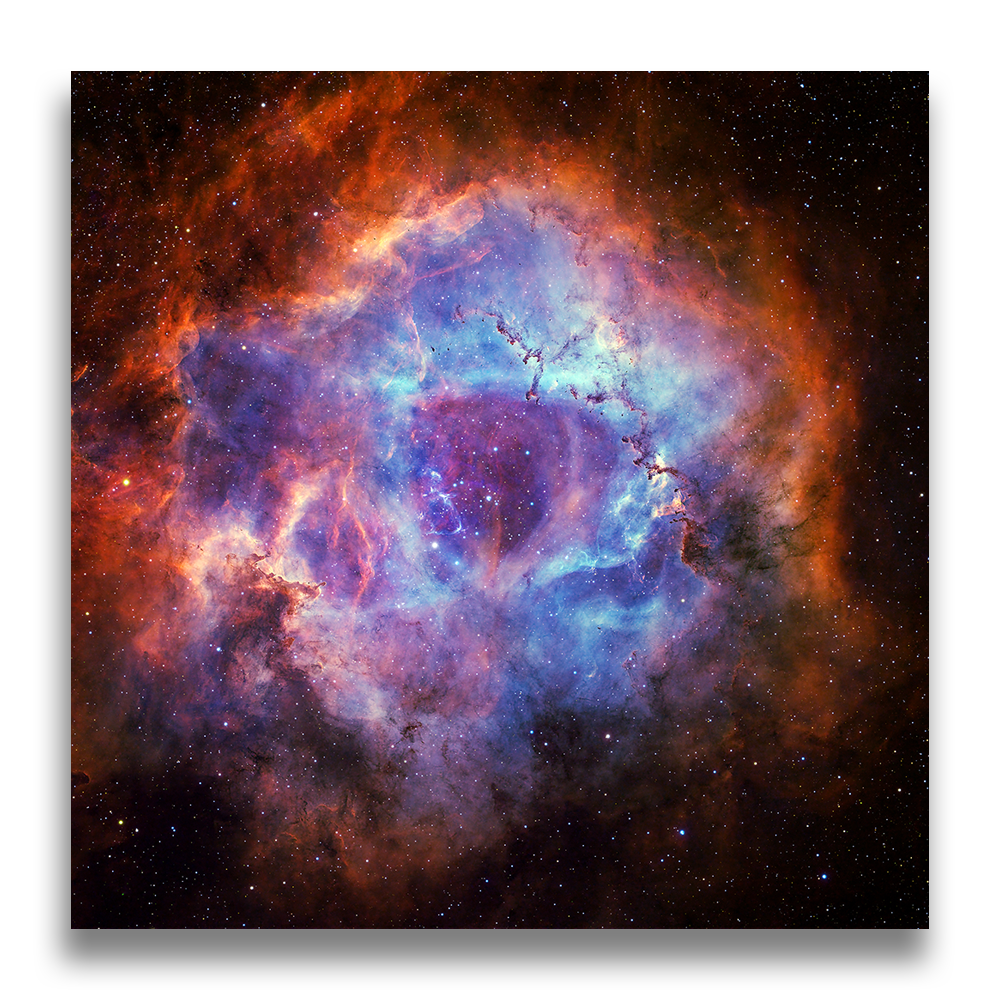

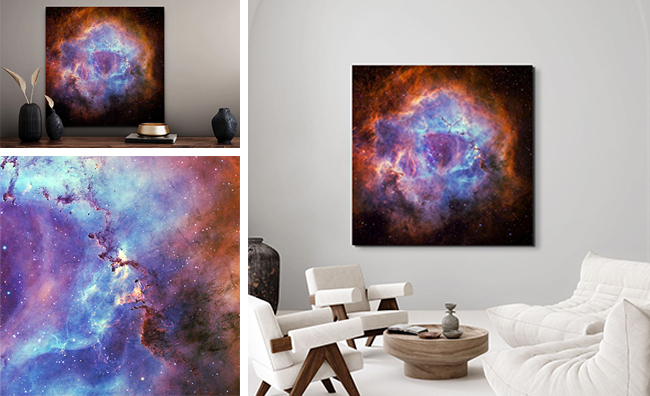
JELLYFISH NEBULA
Named for its fluid, drifting shape, the Jellyfish Nebula is the remnant of a star that exploded thousands of years ago. Its radiant arcs and filaments stretch across hundreds of light-years, glowing in hydrogen light that reveals the quiet aftermath of stellar destruction.


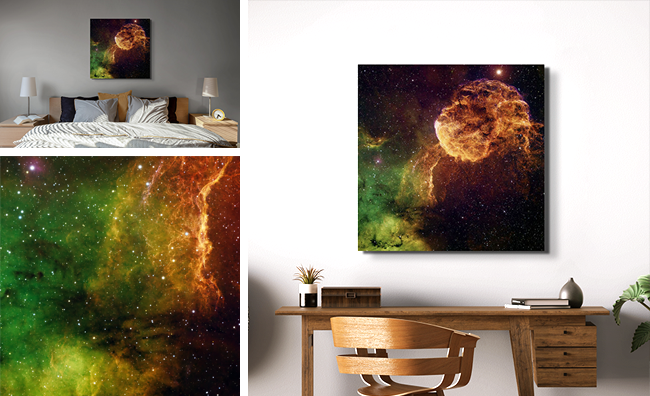
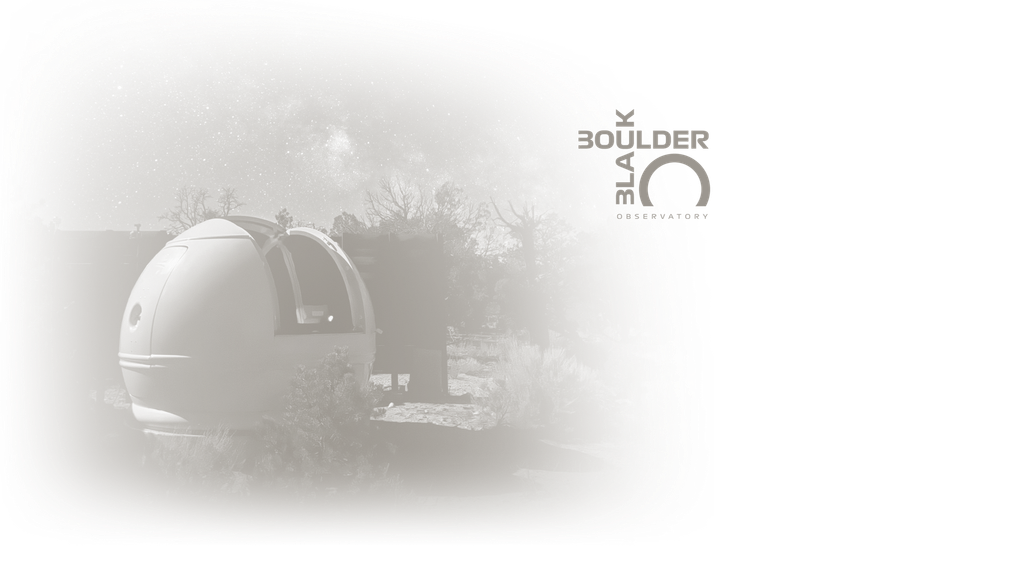
BLACK BOULDER OBSERVATORY
Perched atop Black Boulder Mesa, a high desert mesa in southern Utah, far from city lights, beneath some of the clearest skies in the country, is where my vision to image the cosmos comes to life.
After more than a decade capturing the night sky from my home in Salt Lake City, I've set out to push the boundaries of my craft. I've spent several years designing and perfecting equipment to remotely operate two telescopes housed in my private observatory.
FLAMING STAR NEBULA
Part of the expansive North America Nebula, the Cygnus Wall is a towering region of active star formation. Here, powerful stellar winds and radiation carve the surrounding gas into bright ridges and deep shadows, revealing the drama of creation in the heart of the Milky Way.
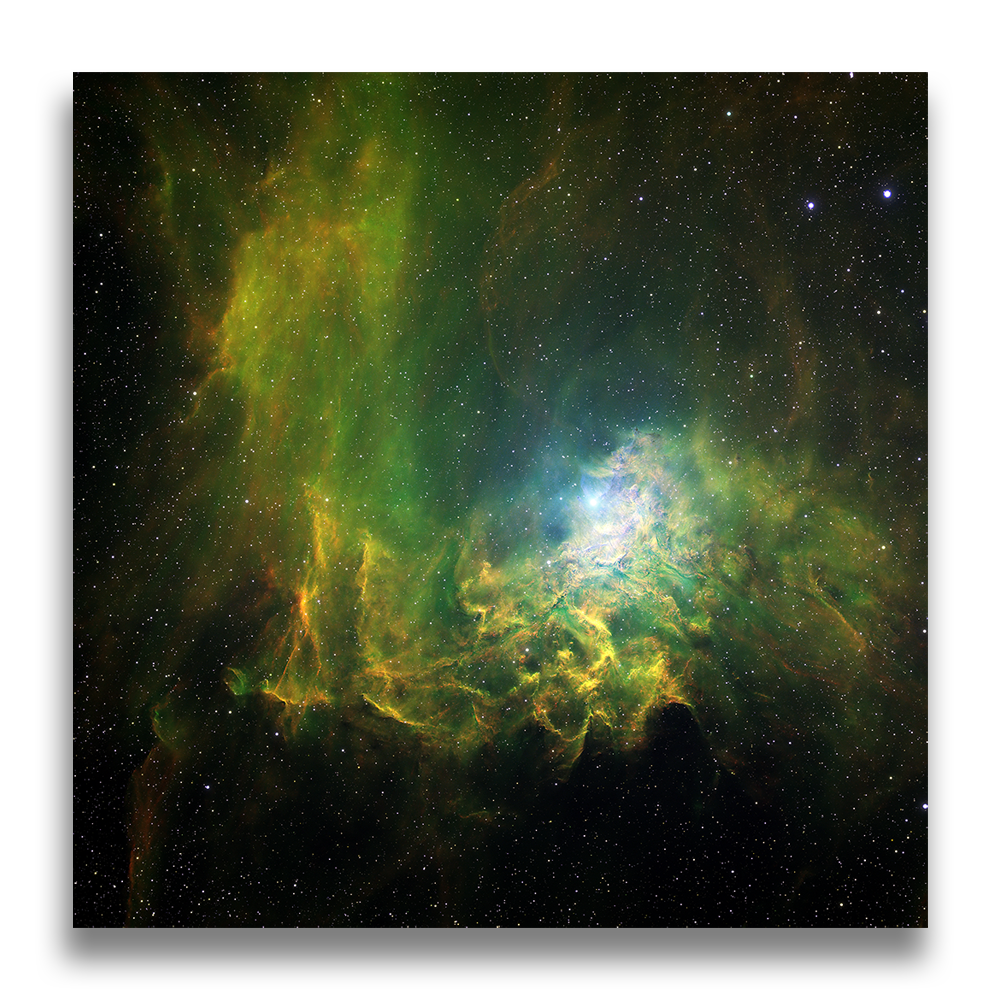
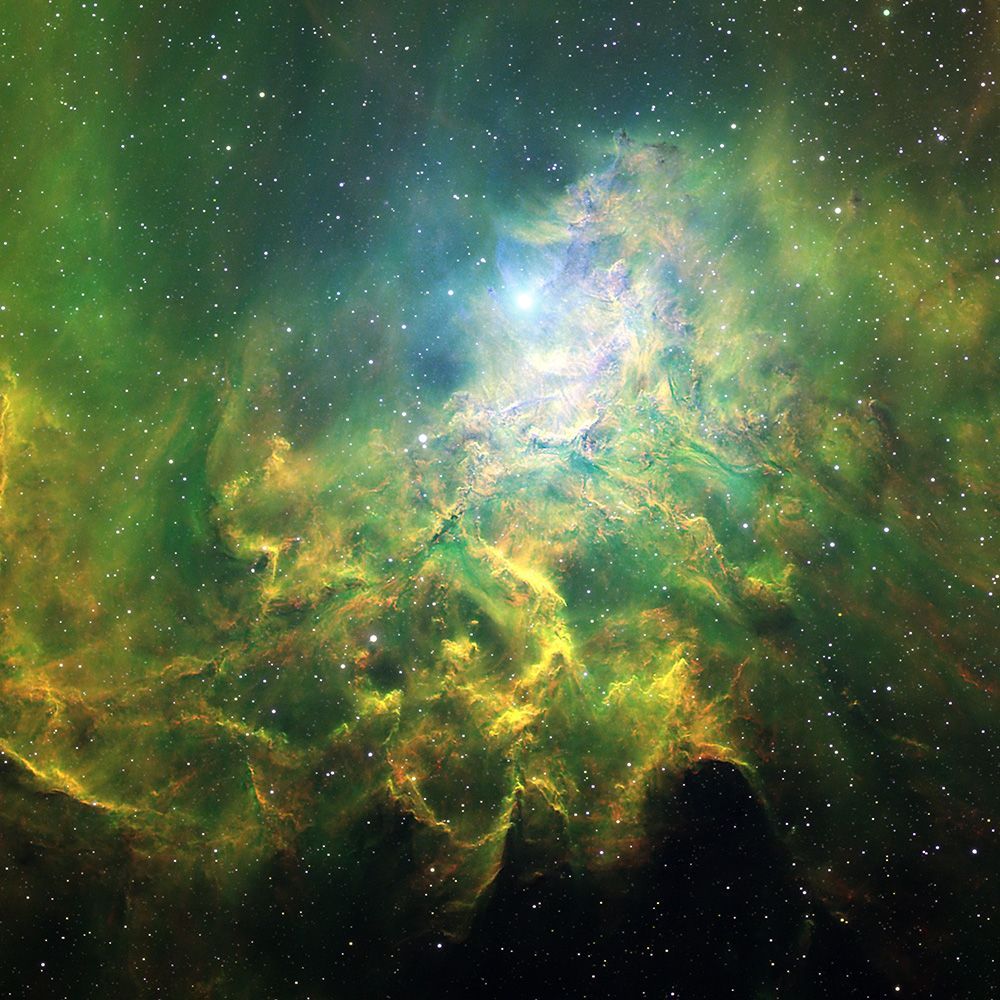
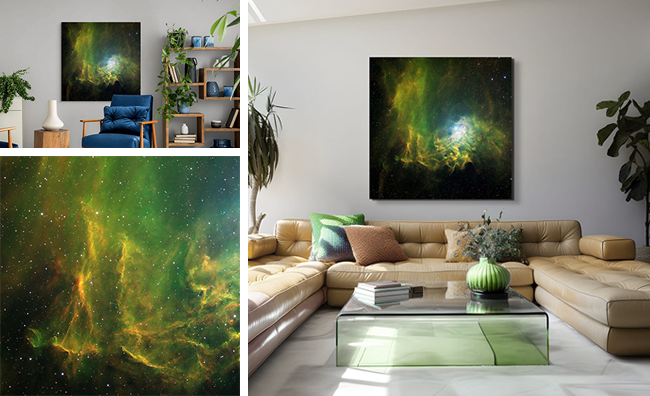
IMAGE NOTES
The solar winds from the large star, near the center of this image, is pushing dust and gases away, while also heating them and causing them to emit light of their own.
The dominant green of this image is Hydrogen, the most abundant element in the universe.
CYGNUS WALL
Part of the expansive North America Nebula, the Cygnus Wall is a towering region of active star formation. Here, powerful stellar winds and radiation carve the surrounding gas into bright ridges and deep shadows, revealing the drama of creation in the heart of the Milky Way.
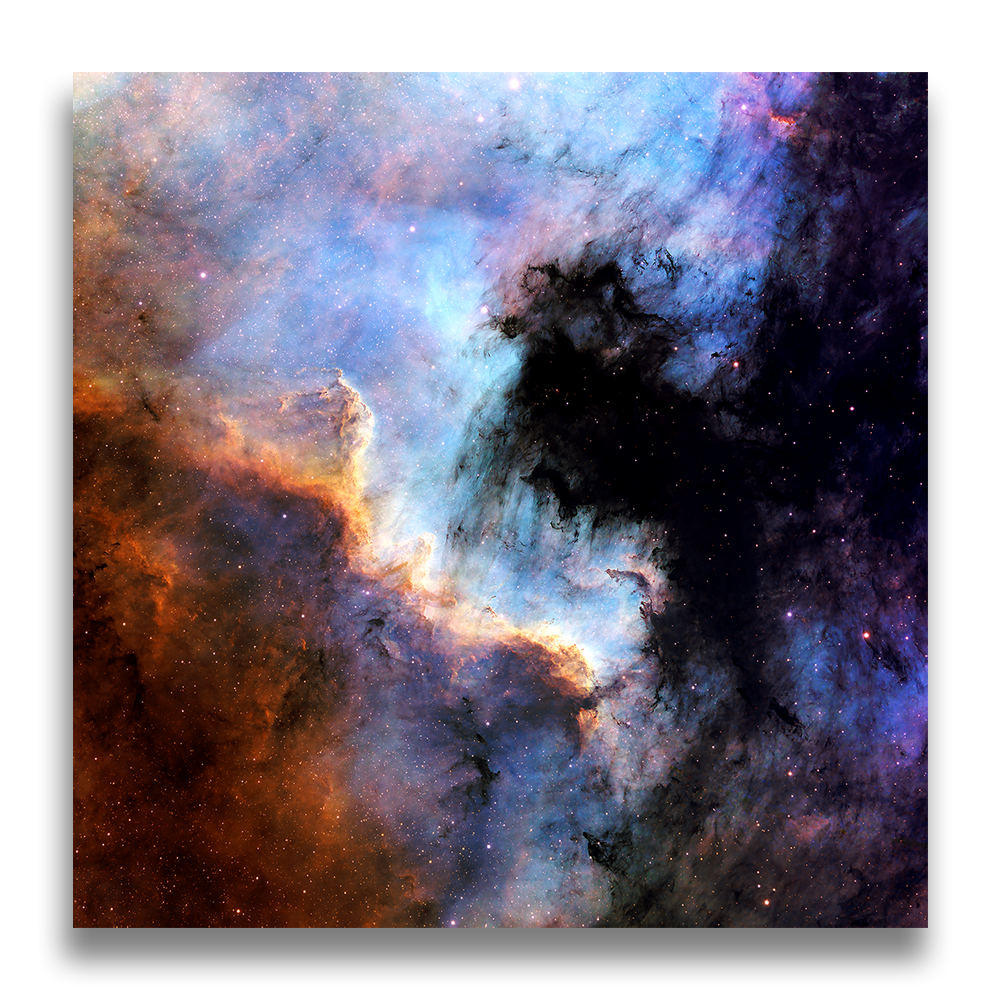
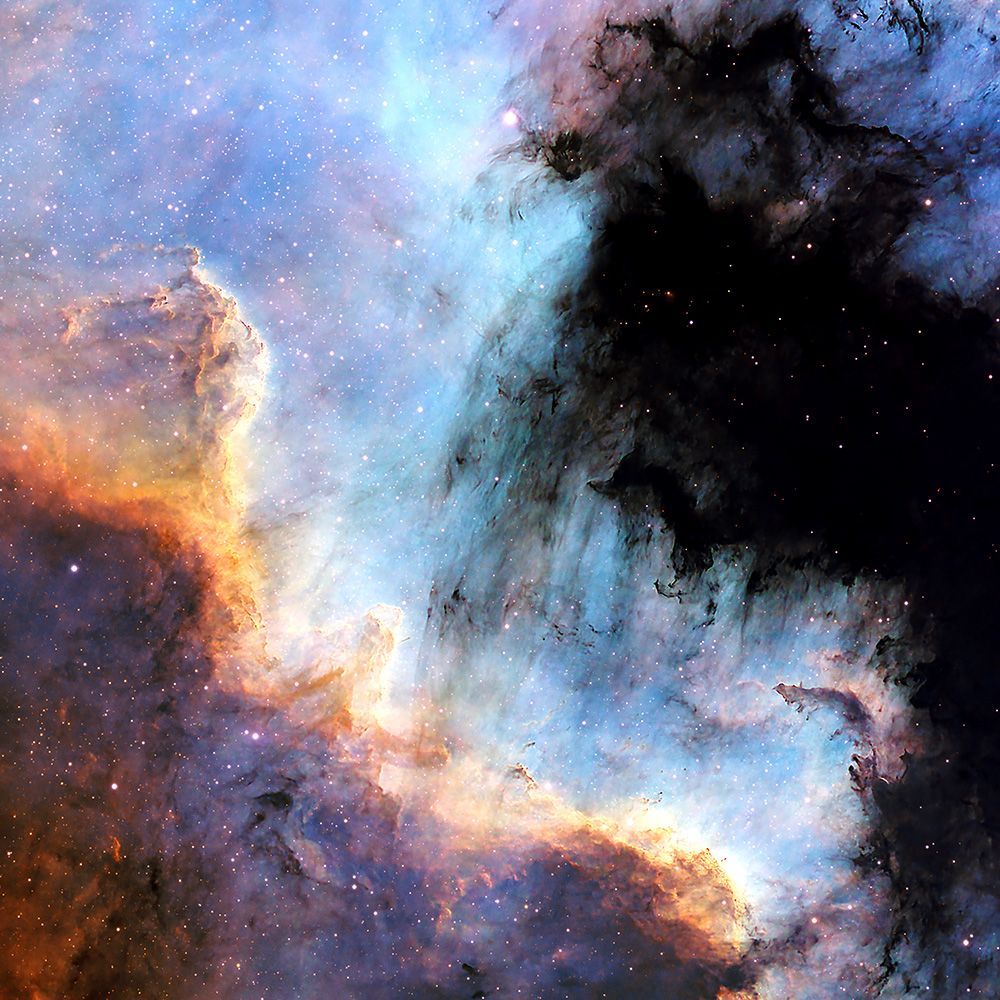

IMAGE NOTES
The black structure, that dominates the right half of this image, is clouds of dark dust much closer to Earth than the glowing gases that make up the colored portion of this nebula.
This is a portion of a larger region named the North America Nebula. Blue is Oxygen. The warm colors are Hydrogen and Sulphur.
SOUL NEBULA
SERIES : 1 of 2
The Soul Nebula is a sprawling star-forming region where newborn stars illuminate vast clouds of gas and dust. Its sweeping curves and carved-out structures create a natural sense of depth that draws the eye inward. Subtle color variations hint at the powerful forces shaping this region—winds, radiation, and gravity all at work.


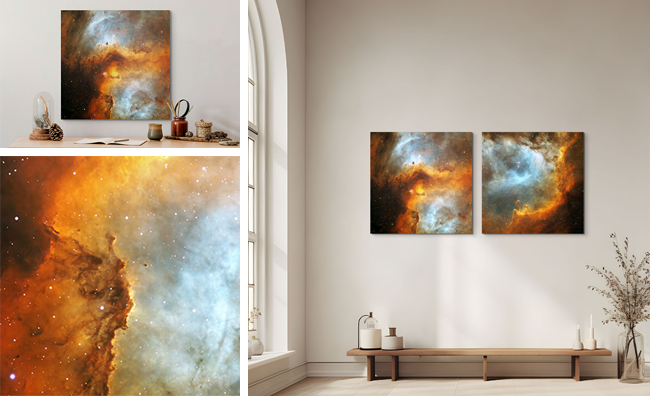
IMAGE NOTES
The larger stars, just above the bottom and to the right of center, are pushing the dust away causing the cave like structure and energizing the particles causing them to emit light of their own - hence the name Emission Nebula.
Imaged over multiple nights using Hydrogen Alpha, Sulphur II and Oxygen III filters. The warm colors consist of Hydrogen and Sulphur. The cool blue is Oxygen.
SOUL NEBULA
SERIES : 2 of 2
The nebula’s cool background gives the scene an almost serene underwater presence despite its energetic origins. It’s a striking example of how dynamic and beautiful the universe becomes when captured in long exposures.
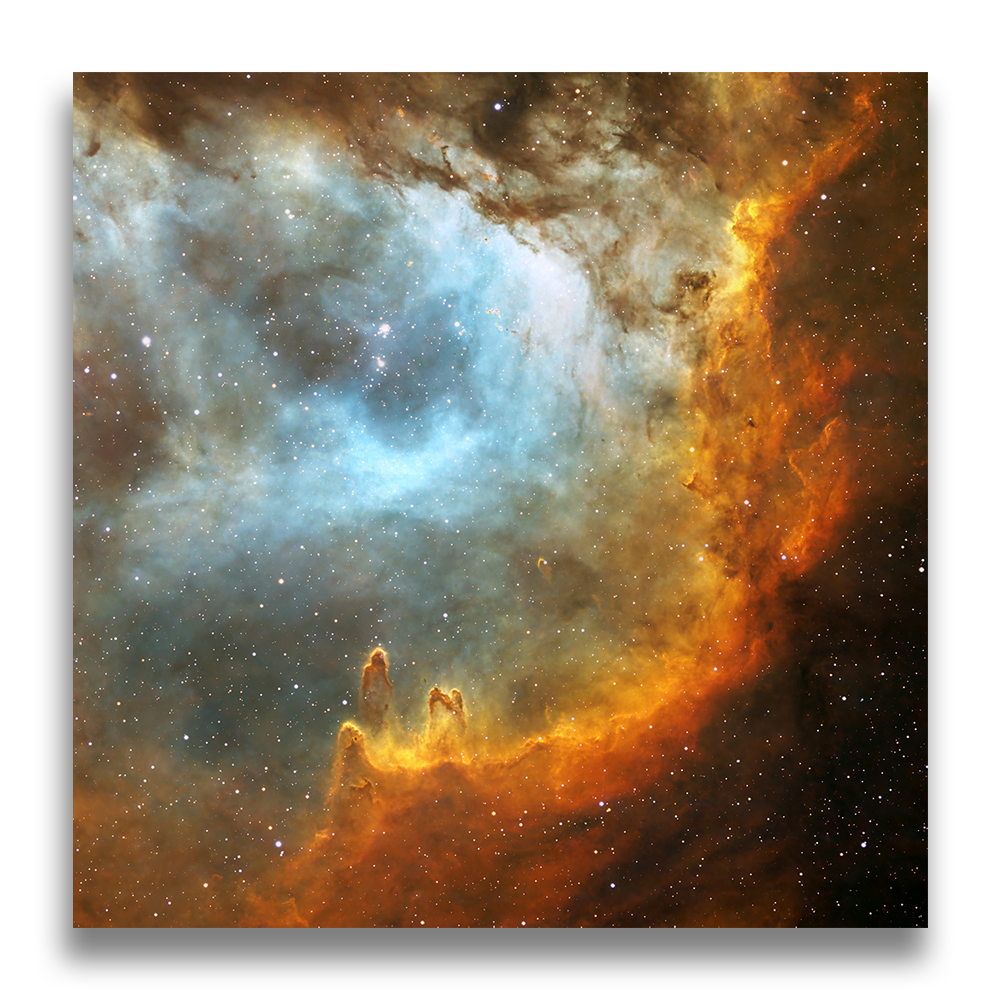

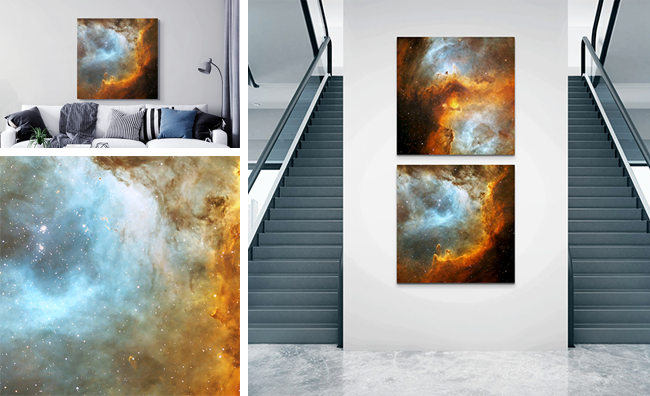
IMAGE NOTES
The larger stars, above and to the left of center, are pushing the dust away from the center causing the cave like structure and energizing the particles causing them to emit light of their own.
Imaged over multiple nights using Hydrogen Alpha, Sulphur II and Oxygen III filters. The warm colors consist of Hydrogen and Sulphur. The cool blue is Oxygen.
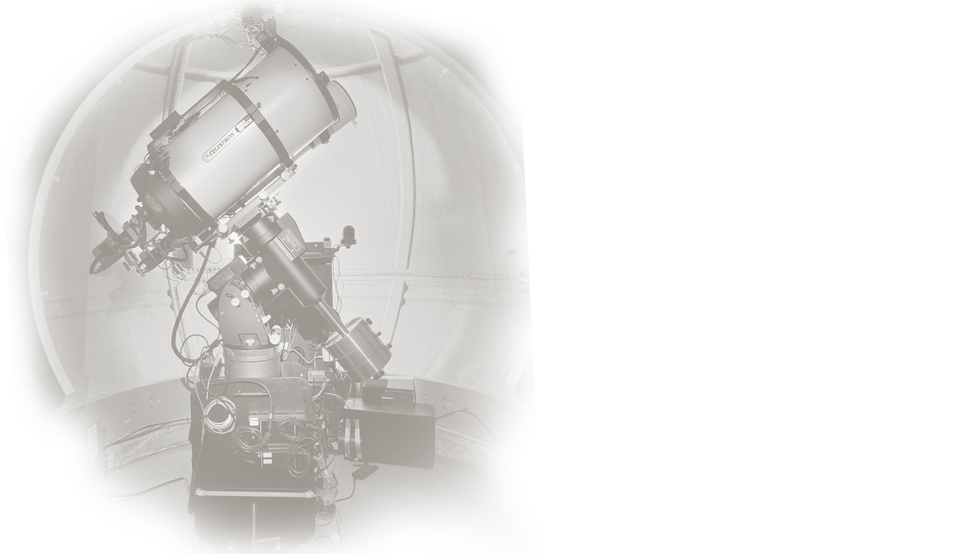
IMAGING EQUIPMENT
I use two telescopes in my observatory for most imaging. One is 11" diameter that has a field of view roughly the size of the Moon. The smaller telescope is 5.75" in dimeter and has a field of view of roughly 5 times the width of the Moon.
The two telescopes are mounted to a very high precision mount that tracks objects across the sky throughout the night. Controlling the equipment is done remotely from my home in Salt Lake City.
IMAGING PROCESS
On clear nights, and when the upper atmosphere is stable, I program the equipment to open the dome and sync it to the motion of the mount, open telescope covers, locate a pedicular object, align to the object, focus the camera, select correct filters, then image by taking 7-minute exposures. At astronomical dawn, just before the sky begins to lighten, then everything automatically shuts down and the dome closes.
I download the files the following morning then begin the image process work. I will typically spend 20 to 40 hours processing each image.
THE SUN
The Sun is a turbulent sphere of fusing hydrogen, always changing with shifting magnetic fields, rising arcs of plasma, and seething convection cells. Its surface boils with granules the size of continents, while sunspots, flares, and filaments constantly reshape the star that powers every on Earth.
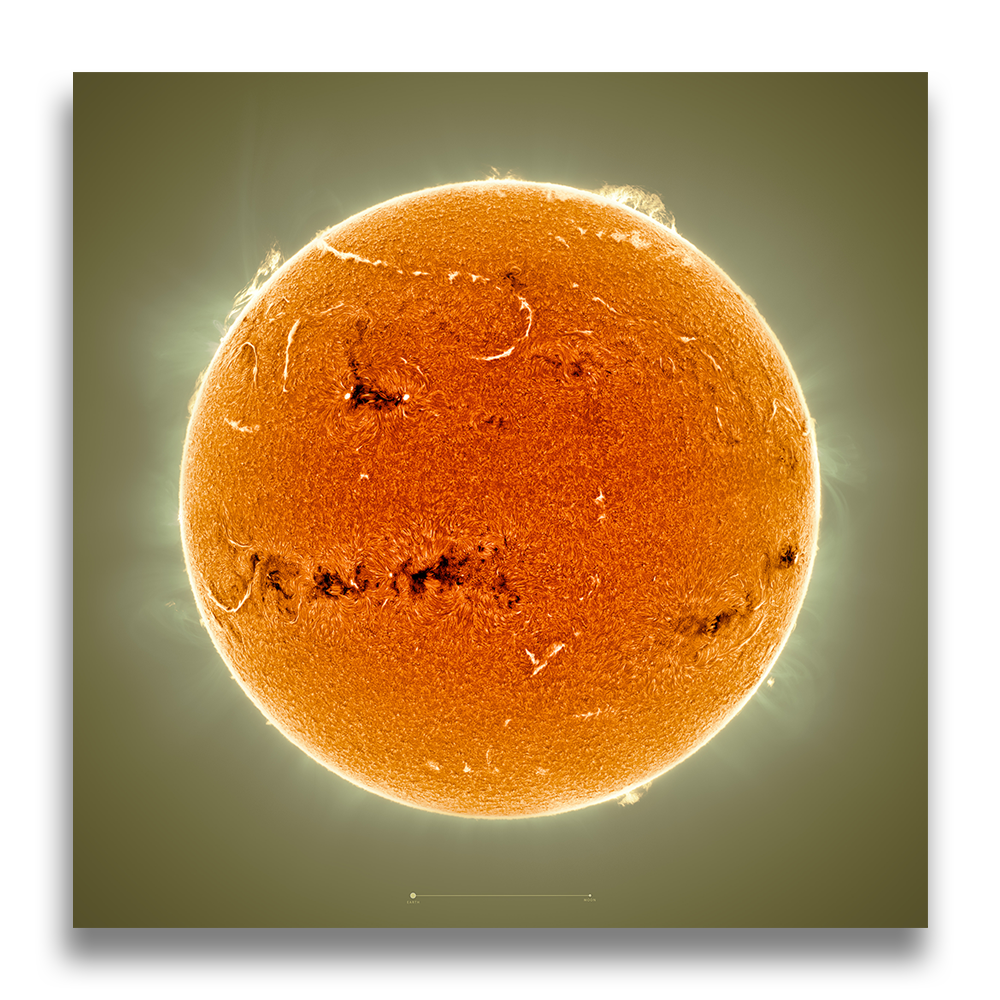
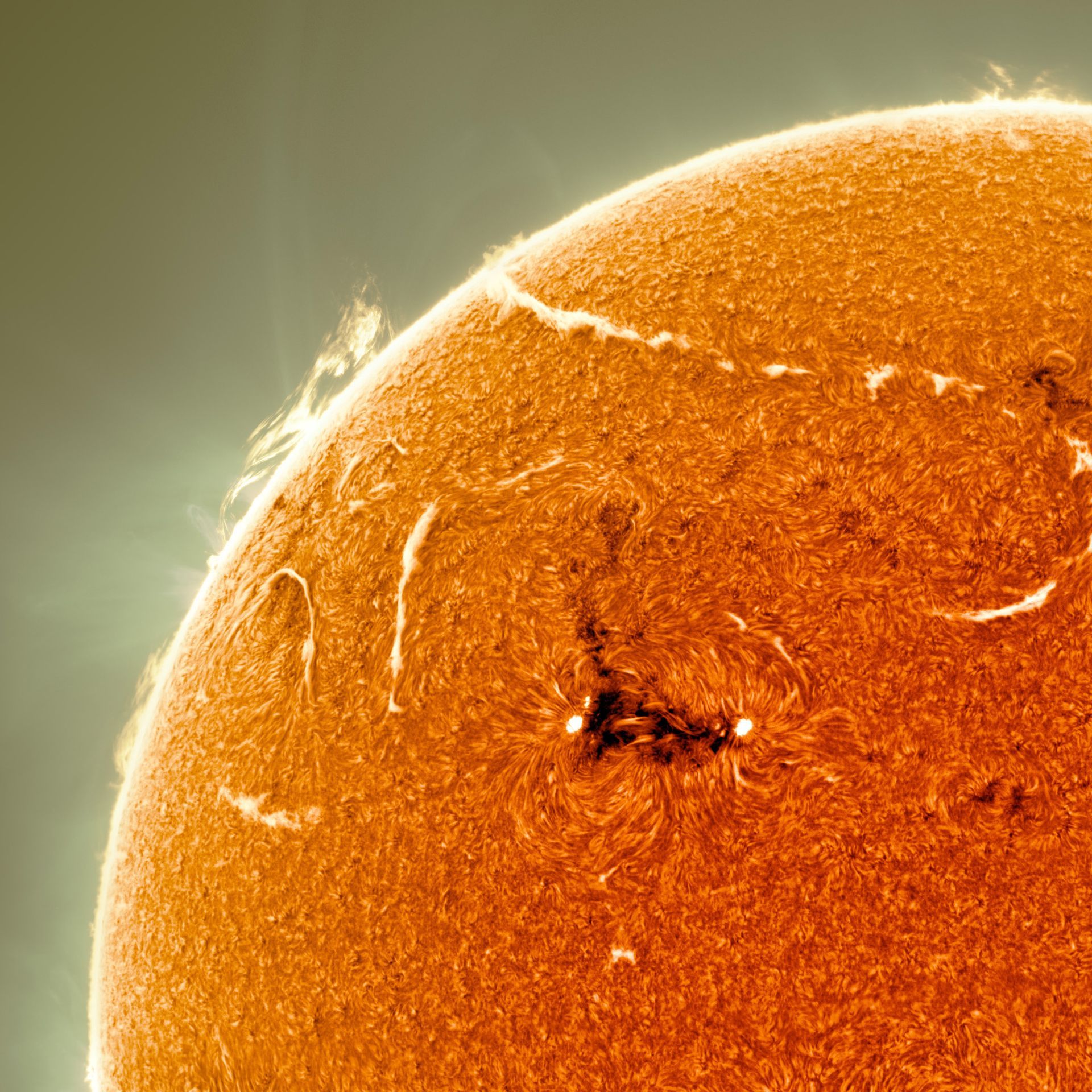
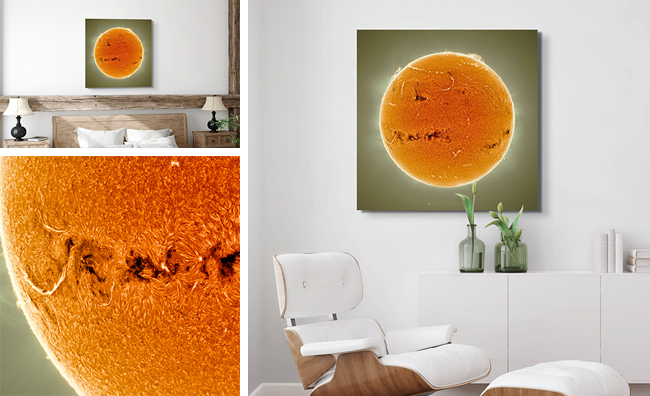
IMAGE NOTES
The image above is a composite of 31 separate images, each created from a series of 1000 photos taken with the use of a solar-dedicate Hydrogen Alpha telescope.
At the bottom of the image are two small dots with a line connecting them. This is a scaled representation of the Earth, Moon and the distance between them.
THE SUN : RAW IMAGES
These 31 raw solar frames represent separate high-resolution captures, each focused on a different section of the Sun’s surface. Though the panels look coarse at this stage, they will be aligned, stacked, and blended into one crisp, unified image.

